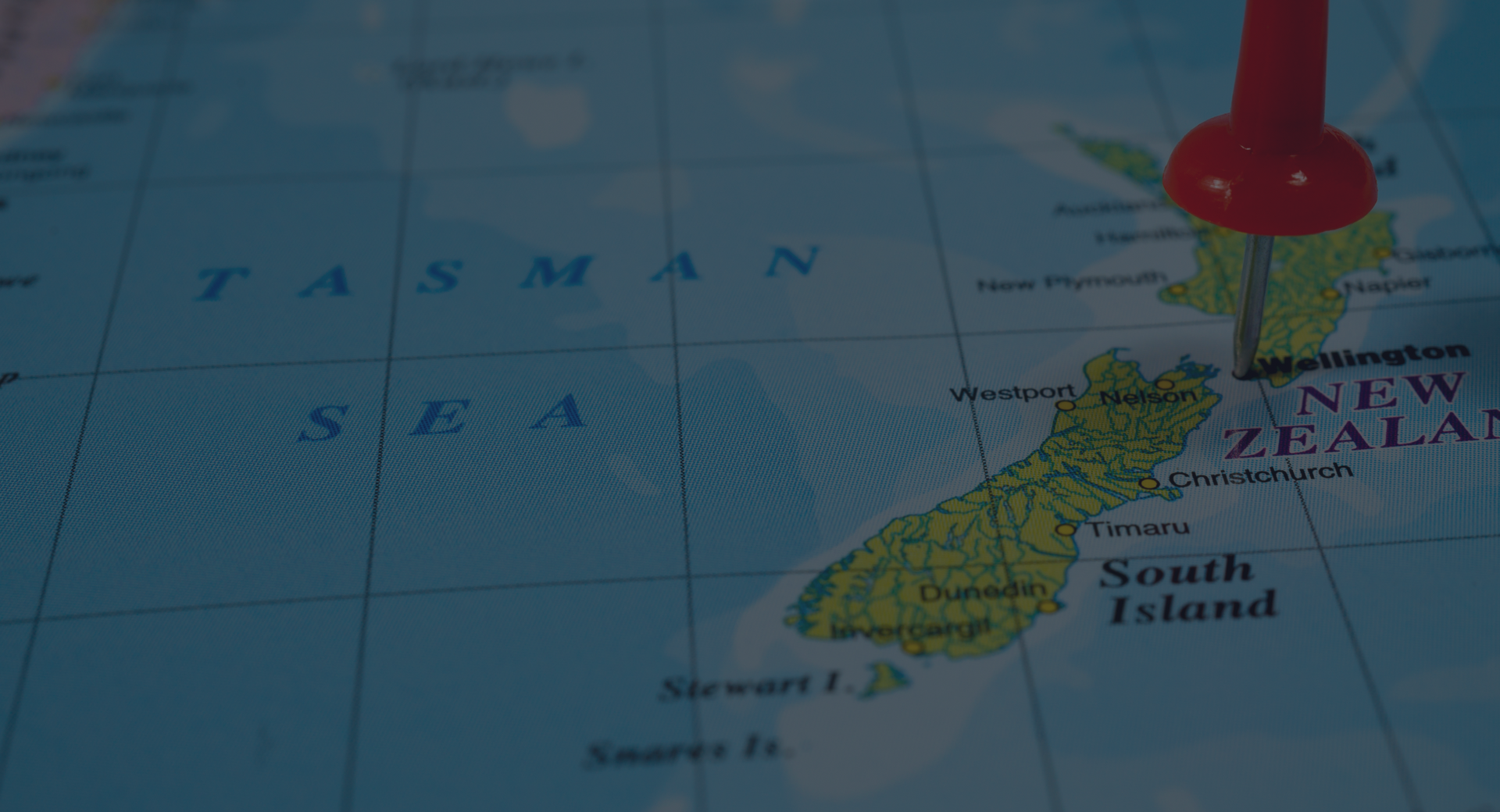RDTI Five-Year Evaluation
RDTI delivers billions in value – but many firms still miss out.
Here’s how to fix that.
The Research and Development Tax Incentive (RDTI) recently reached a major milestone with the release of its first statutory five-year independent evaluation. Introduced in 2019 to replace the Callaghan Innovation Growth Grants, the RDTI provides a 15% tax credit for eligible R&D expenditure and was designed to broaden access and stimulate innovation across the economy.
The evaluation confirms that the RDTI is working, that it is generating material additional R&D, and that it provides a better economic return than the former Growth Grants regime. It also highlights friction points, particularly for smaller innovators, where the compliance burden can be disproportionately high.
1.0 What the Evaluation Found: A strong case for retaining (and refining) the RDTI
Over its first five years:
- 1,752 firms received support.
- $1.074 billion in tax credits was provided (nominal value).
- By 2023, RDTI-supported firms accounted for 65% of all measured R&D expenditure, compared with a 44% peak under Growth Grants.
Just over half of entrants had never received any Callaghan Innovation support, potentially demonstrating a broadening of access.
2.0 Additionality and macro-economic return: compelling evidence
The evaluation found that:
- The RDTI generated additional R&D spend of approximately $274k per firm per year.
- Total additional R&D created was $1.833 billion (present value).
- The “bang for buck” is 1.4, meaning each dollar of government support generated ~$1.40 in additional R&D, comparable to strong OECD performers.
- Economy-wide impact is estimated at 4.2x the government investment, or approximately $6.8 billion in GDP return.
These findings strongly support continuing the RDTI as one of the anchors of New Zealand’s R&D support system.
3.0 Innovation and productivity impacts
The evaluation found:
- Innovation rates increased after two+ years of RDTI support (average uplift 6.1 percentage points).
- No clear productivity effect yet, likely because productivity gains from R&D take much longer to materialise.
4.0 Where the System Struggles: High complexity
The evaluation makes clear that understanding RDTI eligibility, documentation rules, and expenditure tests remains a significant challenge, even for moderate-spend or technically sophisticated firms.
One of the most important passages in the evaluation states:
“Many firms found the in-depth description of eligible activities (IR1240) difficult to navigate, making tax consultants a valuable resource in interpreting scheme requirements. It was common for businesses to struggle to understand what was required without external advice.”
A firm interviewed summarised the challenge:
“It’s hard enough to understand [expenditure eligibility] when someone’s drip-feeding it to you… If we had to go and work out what we have to record, what is the difference between supporting and something else, and what percentage of total salaries can be claimed, we’d really struggle.”
From our experience advising clients across multiple sectors, these difficulties are familiar. Even highly capable taxpayers often:
- Misinterpret the scientific/technological uncertainty test.
- Misclassify supporting vs core activities.
- Misallocate expenditure categories.
- Under-claim eligible salaries and overheads.
- Overlook small R&D projects entirely due to documentation effort.
- Struggle to reconcile GA approvals with SR expenditure requirements.
5.0 Administrative inefficiencies
Although approval processes have improved, the evaluation continues to identify issues with Supplementary Return processing delays.
6.0 Software development: a systematic grey area
The evaluation identifies software R&D eligibility as one of the most contested and inconsistently assessed components of the scheme. Firms frequently encounter:
- Difficulty documenting uncertainty within agile methodologies.
- Confusion around what constitutes scientific/technological uncertainty.
- Different interpretations and conflicting guidance between agencies and reviewers.
This is expected to be a major reform focus.
7.0 Compliance costs: the biggest pain point – especially for low spenders
A recurring theme in the evaluation is that the RDTI is disproportionately expensive for low-spend firms. Many businesses reported needing $300k–$500k in annual R&D spending before the incentive became financially worthwhile.
This is at odds with the scheme’s intent, which was to support early-stage innovators and firms with low or irregular R&D expenditure. Instead, smaller firms often:
- Choose not to claim, even when eligible.
- Face documentation requirements that outweigh the 15% credit.
- Encounter heightened friction in software-related claims.
For precisely the firms the scheme seeks to support, the RDTI can be economically unattractive in practice, despite being available in theory.
Our fixed-fee model directly solves this problem:
NZ Tax Desk offers fixed-fee RDTI and RDTLC engagements, ensuring:
- Claims are viable even for firms spending far less than $300k.
- Early-stage and loss-making innovators can claim without fear of runaway costs.
- R&D documentation systems are set up correctly from day one.
- Clients maintain compliance confidence through complex SR reviews.
The evaluation makes clear that external advice is not just beneficial – it is often essential. Our structured, predictable pricing ensures smaller innovators are not locked out of the incentive. We don’t take a percentage of your claim, because R&D funding is for your innovation, not our commission.
8.0 What R&D-performing businesses should be considering now
The five-year evaluation of the RDTI makes one point very clear: navigating New Zealand’s R&D tax regime is complex, especially for smaller firms, software developers, and businesses without specialist tax capability. Many businesses interviewed for the evaluation reported that they struggled to interpret the rules, document uncertainty, and often needed external advice simply to understand what to record and how to present their R&D activities.
NZ Tax Desk can help. We offer fixed-fee RDTI and RDTLC advisory services, making claims viable even for low-spend businesses. We can draft all documentation (including General Approval submissions, activity descriptions, and Supplementary Returns), and ensure your claims are accurate, defensible, and optimised.
Contact us now to turn your innovation into tangible financial benefit.
Disclaimer:
The information provided in this article is general in nature and does not constitute personalised tax advice. You should consult with a qualified tax adviser familiar with both New Zealand tax rules and any relevant overseas tax systems before making decisions based on this content.













